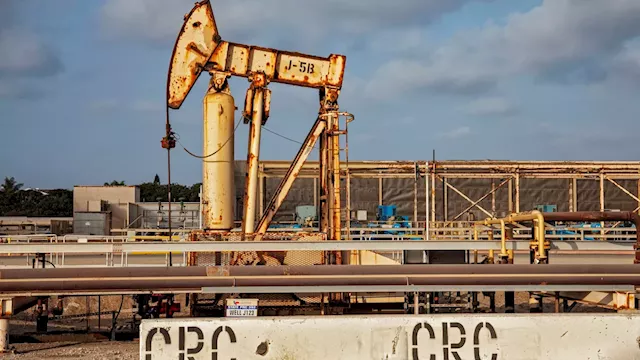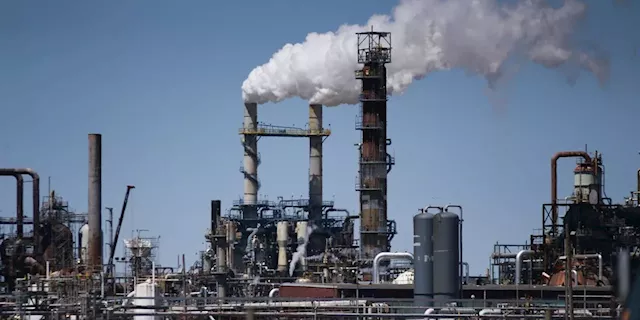The latest installment of the ongoing seminar series on global decarbonization that I’m leading for India’s utility professionals under the auspices of the India Smart Grid Forum was on carbon capture and sequestration . It’s an overly hyped, overly hoped for solution that isn’t and won’t scale remotely economically. When you are at the bottom of a hole digging, the first solution is to stop digging, not to have teaspoons of dirt thrown into the hole by someone else.
So without taking any more time, I will hand it over to Michael who will take us through a presentation. Thank you Michael, over to you.Thank you Reji, and thank you as always to the ISGF for giving me the privilege of providing my context to the great country of India as it attempts to move forward into an affluent and low carbon future. It’s a tricky path to thread, but it is possible to Reji’s point regarding tacking carbon capture onto whole generation plants, I’ll touch on that later.
I’m going to step into a few examples. We’ve got a bunch of case studies in here. Carbon engineering is one of the big ones. It’s now being purchased by what used to be Occidental Petroleum. I did a big case study on it a few years ago. Its premise was that it was going to capture carbon dioxide from the atmosphere and make synthetic fuels. But to capture a million tons, only 1 million tons, that’s a hundredth of materiality.
So it’s incredibly expensive carbon dioxide removal that isn’t scaling and won’t scale at that price, at that cost point. And to be clear, there’s nothing in the technology which indicates that it’s going to get cheaper. It’s not something like batteries, it’s not something like cell phones. It’s not something like appliances where billions of people are going to buy them in multiple quantities to drive economies of scale.
Slide from ISGF India utility professionals seminar on carbon capture led by Michael Barnard, Chief Strategist, TFIE Strategy Inc. Captura is a bit better. It’s an electrolysis based solution. Brings up tons of ocean water up out of the ocean into an industrial plant, like a desalination plant, and uses, splits a bit of it off, electrolyzes it to make it more acidic, and then adds it back to the seawater. And then that unlocks the carbonate ions, bicarbonate ions, and then that bubbles out as CO2. They separate the CO2, and they pump everything else back into the water.
The problem was that there was some excess precipitation in the area. The land slipped, the pipeline separated. A pipeline separating is normally not a big deal. Excuse me, I’m just going to get a glass of water. The pipeline separated, and then the liquid CO2. The liquid CO2 turned into gaseous CO2. The gaseous CO2 expanded. The gaseous CO2 expanded 590 times the volume of the liquid CO2.
Slide from ISGF India utility professionals seminar on carbon capture led by Michael Barnard, Chief Strategist, TFIE Strategy Inc. It’s not rocket science, but the cost was so much that even though both were used for enhanced oil recovery enhancement and were getting paid for the carbon dioxide, they were capturing and getting governmental subsidies, neither of them was remotely economically viable. In Boundary Dam, it’s $140 per megawatt hour, as the wholesale price of electricity. And the government of Saskatchewan said, well, now that we’ve done this, we’re never going to do it again, because it’s just way too expensive.
Now, also, a few years ago, three or four years ago, I looked at every carbon capture and sequestration facility globally that was sequestering at least a million tons of carbon dioxide a year. Remember, 100 million tons is material. A million tons is not material. But these were the ones that were at least over a million tons.
Slide from ISGF India utility professionals seminar on carbon capture led by Michael Barnard, Chief Strategist, TFIE Strategy Inc. Slide from ISGF India utility professionals seminar on carbon capture led by Michael Barnard, Chief Strategist, TFIE Strategy Inc. Now there’s some additional electrochemical technologies like Sublime’s, which would make this a bit better, but carbon capture actually might make sense in cement. It’s one of the few places where it’ll probably pencil out.
It’s not a slam dunk and it’s not certainly not going to help us by 2050. But carbon drawdown is best thought of as something for 2200. The amount of CO2 in the atmosphere is going to keep paying negative dividends for centuries. And so we have to slowly draw it down to probably around 300 parts per million. Nature is the way to do that. It’s the only scalable, automatically replicable, inexpensive way to do it. And so we have to change our land practices and a bunch of other stuff.
And it not only triples the mass, if you burn coal or oil, well, they’re liquids and solids, which are very dense forms of carbon. But as we bind them, the carbon in them, with oxygen from the atmosphere, well, that’s a gas. And once again, it’s very diffuse. So not only is the mass a multiple of the feedstock, but the volume is multiples of the feedstock as well. It’s a waste stream.
Brasil Últimas Notícias, Brasil Manchetes
Similar News:Você também pode ler notícias semelhantes a esta que coletamos de outras fontes de notícias.
 This California oil company could marry carbon capture and natural gas to data center demandCarbon capture is controversial because of high upfront capital costs and the perception that it is just a way for oil companies to perpetuate fossil fuels.
This California oil company could marry carbon capture and natural gas to data center demandCarbon capture is controversial because of high upfront capital costs and the perception that it is just a way for oil companies to perpetuate fossil fuels.
Consulte Mais informação »
 Biden Power Plant Rule Relies on 'Industry Propaganda Scheme' of Carbon Capture: CriticsJake Johnson is a senior editor and staff writer for Common Dreams.
Biden Power Plant Rule Relies on 'Industry Propaganda Scheme' of Carbon Capture: CriticsJake Johnson is a senior editor and staff writer for Common Dreams.
Consulte Mais informação »
